Types Of Doors And Windows
January 08 , 2024
Doors and windows play a crucial role in our homes, providing security, allowing ventilation, and enhancing the overall aesthetics. When it comes to choosing doors and windows, there are various types available, each with its unique features and benefits. In this article, we will explore different types of doors and windows, their characteristics, and factors to consider when selecting the right ones for your home.
Having the right doors and windows in your home is essential for both functionality and style. They not only provide access and security but also contribute to energy efficiency and curb appeal. With a wide range of options available in the market, it's important to understand the different types and their suitability for various spaces.
Choosing the right doors and windows is crucial for several reasons. Firstly, they impact the overall aesthetics of your home or office. The right design and style can complement your interior decor and create a cohesive look. Secondly, doors and windows affect the energy efficiency of your space. Well-insulated and properly sealed doors and windows can help save on energy bills by reducing heat loss or gain. Lastly, doors and windows are essential for security. Sturdy and reliable doors and windows act as a barrier against intruders, ensuring the safety of your loved ones and belongings.
3. Types of Doors
Interior doors divide the rooms inside your home, providing privacy and sound insulation. There are various types of interior doors available, each serving a specific purpose.
3.1.1 Panel Doors
Panel doors are the most common type of interior doors. They consist of a wooden frame with panels in the center. These panels can be flat or raised, adding depth and visual interest to the door. Panel doors are versatile and can complement any interior style.
3.1.2 French Doors
French doors are elegant and sophisticated, typically made of glass panels framed by wood or metal. They allow natural light to flow between rooms, creating an open and spacious feel. French doors are often used for connecting living rooms, dining rooms, or patios.
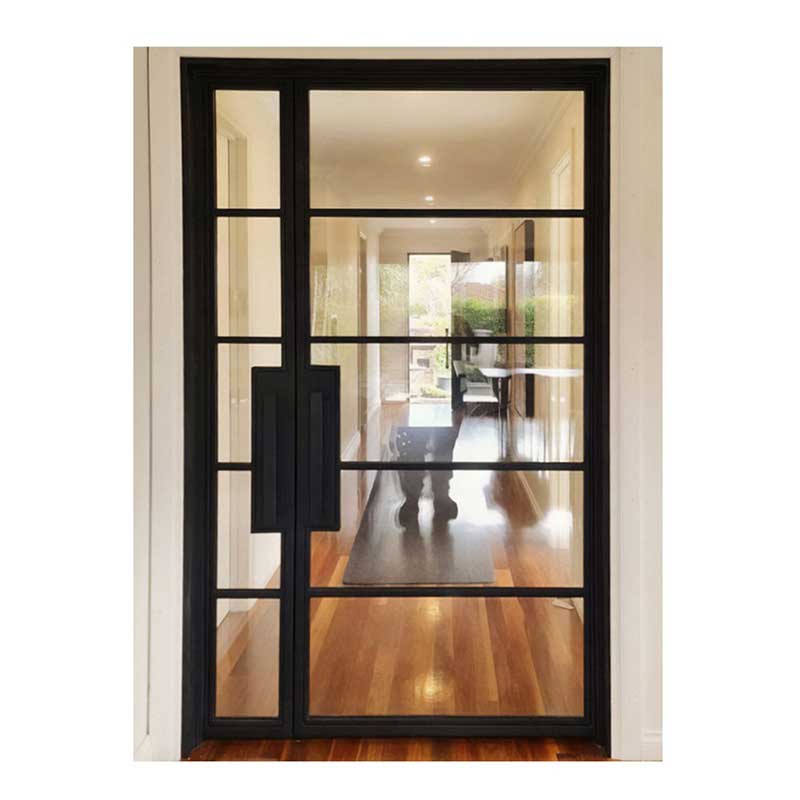
3.1.3 Sliding Doors
Sliding doors are practical and space-saving, especially in areas with limited room for swinging doors. They consist of one or more panels that slide horizontally on tracks. Sliding doors are commonly used for closets, pantries, or as room dividers.
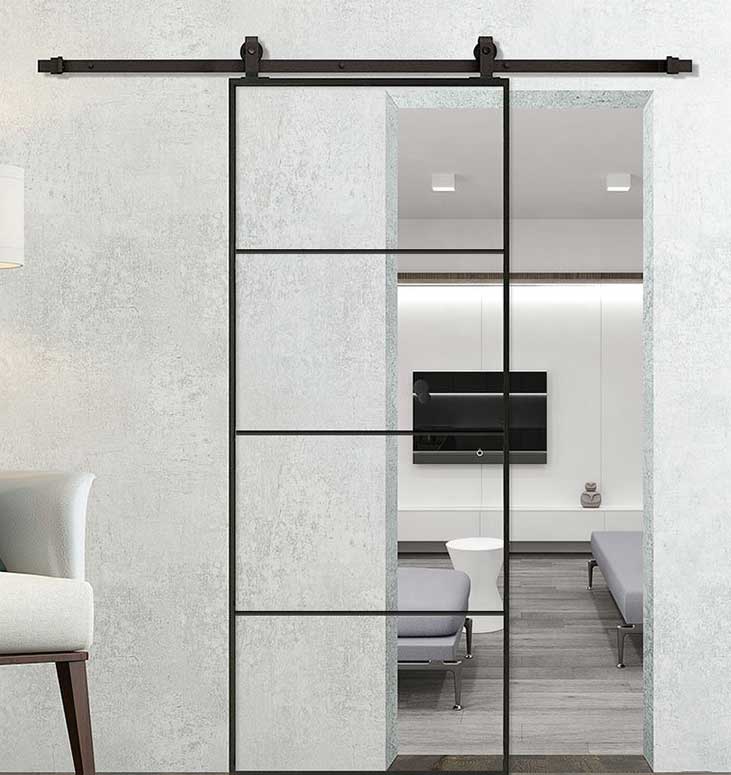
Exterior doors are the main entrance points to your home and serve as the first line of defense against external elements. They should be durable, weather-resistant, and aesthetically pleasing.
3.2.1 Front Doors
Front doors create a statement and set the tone for your home's exterior. They come in various materials such as wood, fiberglass, or steel. Front doors can have intricate designs, glass inserts, or sidelights to enhance their visual appeal.
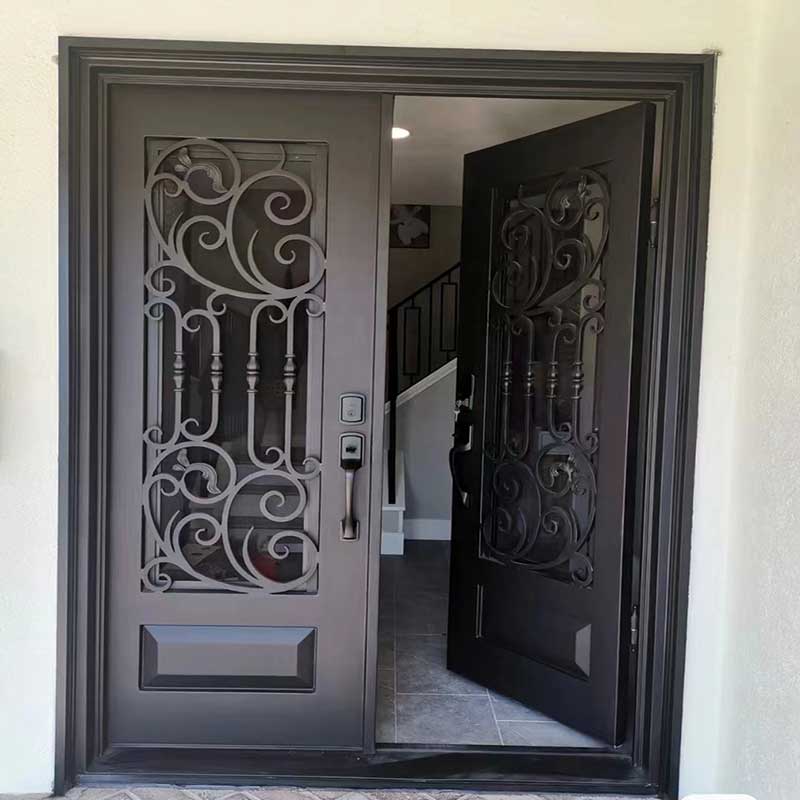
3.2.2 Patio Doors
Patio doors provide access to outdoor spaces like gardens or balconies. They are usually made of glass panels framed by aluminum or vinyl. Patio doors can be sliding, folding, or swinging, depending on your preference and available space.
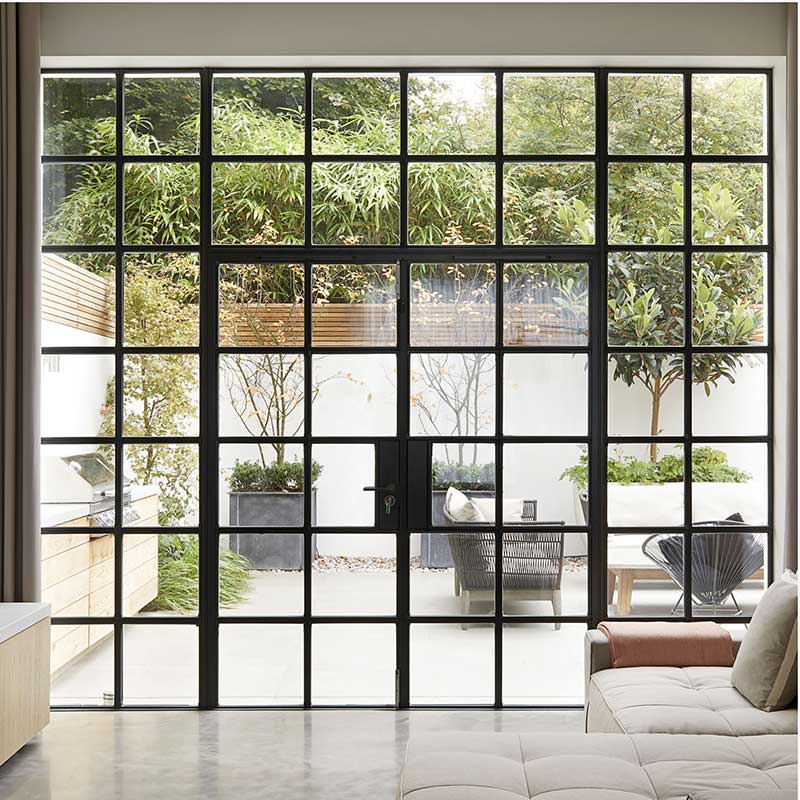
3.2.3 Garage Doors
Garage doors are essential for securing your vehicles and belongings. They come in different styles, including sectional, roll-up, or side-hinged. Garage doors can be insulated to improve energy efficiency and reduce noise.
4. Types of Windows
Windows not only allow natural light and fresh air into your home but also provide views of the outside world. There are various types of windows to choose from, depending on your needs and preferences.
4.1 Casement Windows
Casement windows are hinged on one side and open outward with the help of a crank. They provide excellent ventilation and unobstructed views. Casement windows are easy to operate and seal tightly when closed, improving energy efficiency.
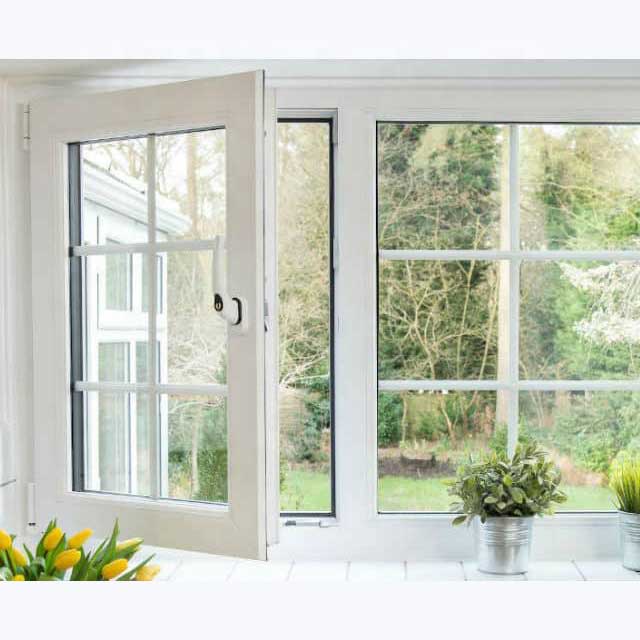
Double-hung windows consist of two movable sashes that slide vertically. They offer versatility, allowing you to open either the top or bottom sash for ventilation. Double-hung windows are commonly used in traditional homes and are relatively easy to clean.
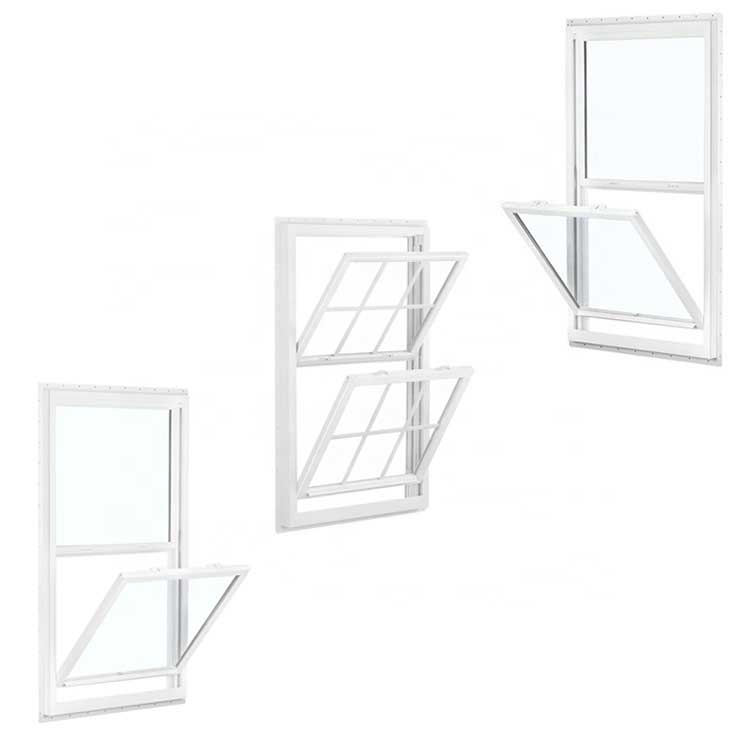
4.3 Picture Windows
Picture windows are large, fixed windows that do not open. They are designed to frame scenic views and bring natural light into the room. Picture windows are suitable for spaces where ventilation is not a priority.
4.4 Awning Windows
Awning windows are hinged at the top and open outward from the bottom, resembling an awning. They provide excellent ventilation while preventing rain from entering the room. Awning windows are commonly used in bathrooms or above doors and other windows.
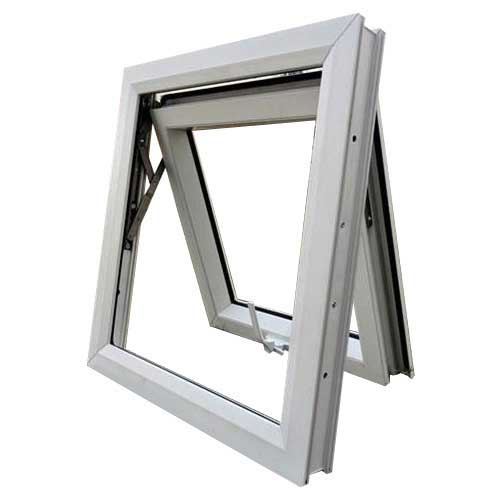
4.5 Sliding Windows
Sliding windows have one or more horizontal panels that slide on tracks. They are easy to operate and provide good ventilation. Sliding windows are commonly used in modern homes and are ideal for spaces with limited vertical clearance.
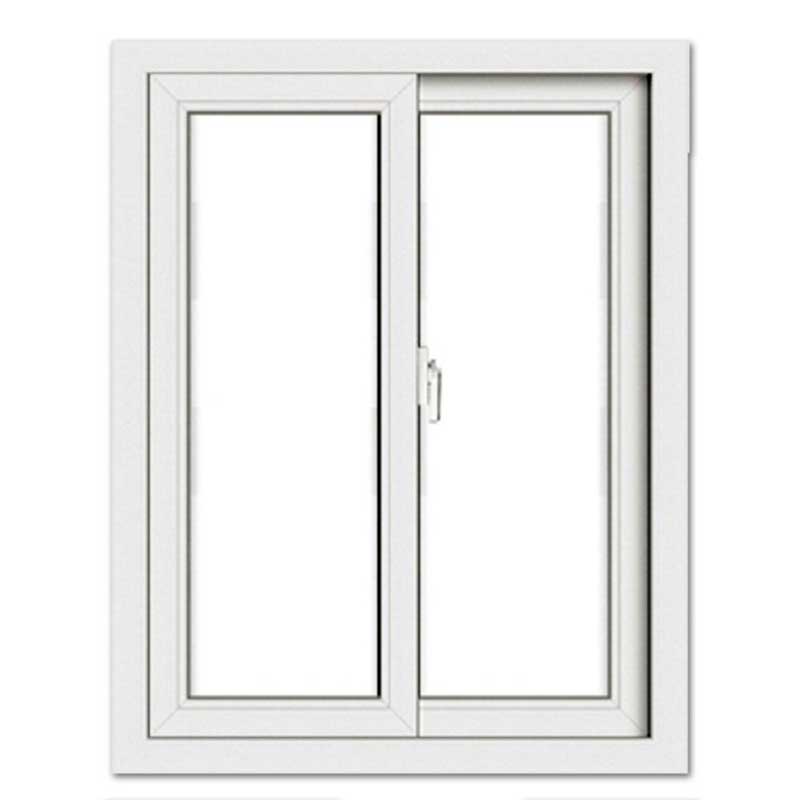
Bay and bow windows create a dramatic architectural feature. They protrude from the exterior wall, creating a small seating area or additional space inside the room. Bay windows have three panels, while bow windows have four or more panels. They provide panoramic views and allow abundant natural light into the room.
When selecting doors and windows for your home or office, it's important to consider several factors to ensure you make the right choice.
Energy efficiency is crucial for reducing heating and cooling costs. Look for doors and windows with high insulation ratings and low air leakage. Features like double or triple glazing, Low-E coatings, and weatherstripping can significantly improve energy efficiency.
Ensure that your doors and windows are secure to protect against intruders. Look for reinforced frames, multi-point locking systems, and impact-resistant glass. Additionally, consider installing security alarms or cameras for added protection.
Choose doors and windows that complement your interior and exterior design. Consider the architectural style of your home and select designs, materials, and finishes that enhance its overall aesthetic appeal.
Doors and windows should be durable enough to withstand various weather conditions. Look for materials that are resistant to rot, warping, or rust. Consider the maintenance requirements of different materials before making a decision.
Different types of doors and windows have varying maintenance needs. Consider the time and effort required to keep them clean and in good condition. Some materials may require regular painting or sealing, while others may be low maintenance.
Choosing the right doors and windows is crucial for functionality, aesthetics, energy efficiency, and security. Whether you need interior doors, exterior doors, casement windows, or sliding windows, understanding the different types and their features will help you make an informed decision. Consider factors like energy efficiency, security, style, durability, and maintenance when selecting doors and windows for your home or office.
Q1: Are casement windows more energy-efficient than sliding windows?
A1: Casement windows are generally more energy-efficient than sliding windows due to their tight seal when closed.
Q2: What is the average lifespan of exterior doors?
A2: The lifespan of exterior doors varies depending on the material and maintenance, but a well-maintained door can last for several decades.
Q3: Can I replace my existing windows with bay windows?
A3: Yes, bay windows can be installed as replacements for existing windows, but it's essential to consult with a professional to ensure structural integrity.
Q4: Do French doors provide good sound insulation?
A4: French doors with double glazed glass panels can provide decent sound insulation, but they may not be as effective as solid panel doors.
Q5: How often should I repaint my wooden doors and windows?
A5: Wooden doors and windows may require repainting every 5-10 years, depending on the climate and exposure to the elements.
